It’s done. You survived it. It was the longest day of your photography career, you’re exhausted, and all you can think about is how right I was (it’s cool—I get that a lot). But…….You. Did. It. And chances are you didn’t get locked in a bathroom, or miss the kiss, or have a complete equipment failure, or faint face-first into the cake. You shot a wedding. What’s next?
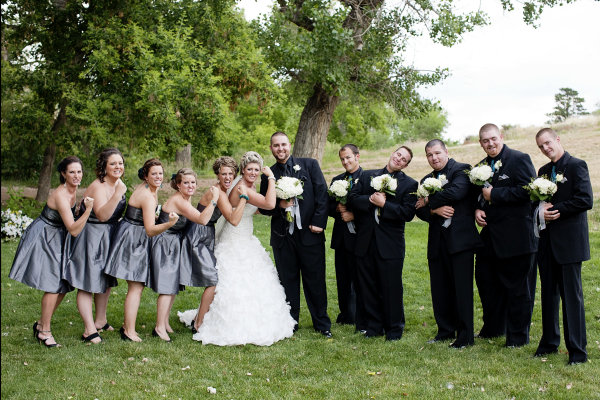
Back-up everything. Possibly several times
As no-brainer as this is, when I shoot portraits, I’m not a diligent about it as I should be. I’m more of a “cross my fingers/hope for the best/fly by the seat of my pants” kind of gal in most areas of my life. But a wedding is different. Good luck explaining to a new bride that your laptop played a vanishing act with the images and you need her to re-do the whole wedding for photographic purposes. It’s my greatest fear. My greatest fear used to be a complete equipment failure at a wedding, but then I had that happen a few weeks ago and somehow survived it, so I’ve graduated my fear list a bit. As soon as I get home from a wedding, no matter that I can barely see straight, I upload everything to my computer, and then back-up everything to an external drive or disc. Additionally I don’t erase my memory cards until I need them again and I have cloud storage. Because I’m neurotic like that. Weddings are often thousands of images and this takes both time and space. Having both of those things is yet another factor in the expense of wedding photography (see: never shoot a wedding for free). In most other areas of my life, I am totally okay with just hoping for the best and surrounding it with good thoughts. But this isn’t one of them.
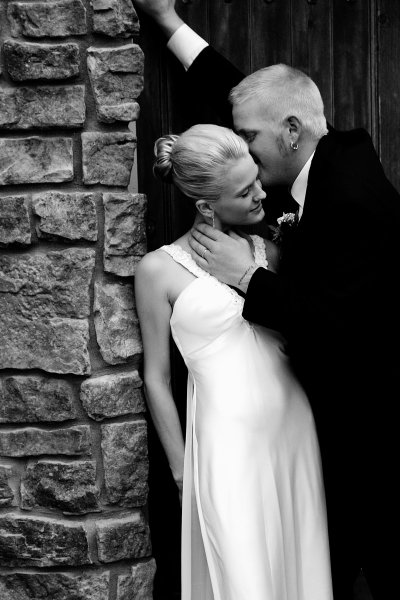
Give a sneak peek
These images are going to take you a long time to go through, edit, and deliver. Unless you have some sort of crazy amazing one day editing process, which if you do, I’m going to need you to email that to me immediately. While everyone is anxious to see pictures, no one is more anxious than a still-glowing bride. Give them a little taste and buy yourself some time to ice your camera-strap-indented neck and regain clear vision. Social media is a fabulous option for this if it’s available to you. That way everyone can see them and fawn over how great the images are, giving you a little boost of confidence and the newly minted couple a little attention—both of which work in your favor for the long editing road ahead. (Oh friend, it’s a long road.)
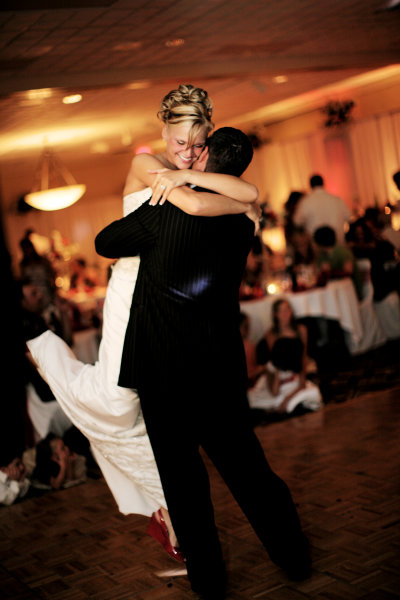
Decide if you are interested in doing this again
Every wedding I have ever shot has led to at least one referral. In general, I don’t photograph weddings. Yet, there I am, every summer, finding myself wanting to pass out from heatstroke with a 10 pound black box in front of my face. Why? Because I’m a sucker. I suppose I could tell you that it’s because I love weddings and true love and all that, but the truth is: I’m a sucker. Throw a few compliments at me and I’ll do about anything that doesn’t involve roller coasters. I hate roller coasters. (I also hate those rides where you spin on something that’s spinning. I’d like to have a long talk with the guy who thought that was a good idea for your internal organs.) Even if you didn’t hand out a single business card……even if you don’t have a single business card…..they will find you. Unless you were a miserable human being to be around (I don’t judge—I’ve been there), you will get a call about another wedding. Decide right now if this is something you ever want to do again so you can handle that call that will come later. There is nothing wrong with saying no, thank you. It might not be your cup of tea. Or quad carmel latte (I’m becoming a really expensive coffee date lately). There is also nothing wrong with having loved it. The point is that you need to decide quickly because there is literally a barista of sorts waiting on your order and she has a whole line of impatient people behind you and a smoke break coming up.

Don’t overdo it
The last wedding I shot came in at just shy of two thousand images. There were 26 guests, and that’s including the dog ring bearer. I shot for less than 4 hours. I’m an over-shooter. I know this. In my defense: WHAT IF I MISS SOMETHING??? For this said wedding I have no less than 40 images of “the kiss”. Truth? They all look the same. Don’t get me wrong—it was an amazing kiss. Record books, in fact. But, those 40 images I shot in probably 30 seconds of time all look pretty much the same. Yet I want them to see every one!!! What if they love one that’s slightly different than another?? What if the clouds moved just a bit and it makes for the best of forty? I don’t know. What I do know is that to the average person, all 40 of those images look exactly the same. Pick one, edit it to loveliness, and move on. No one knows you have forty of them. And likely, no one cares.
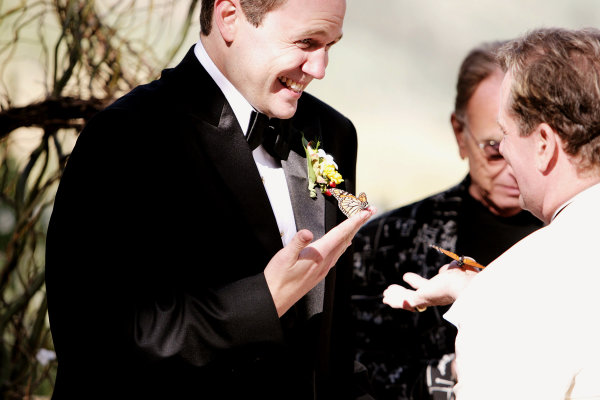
Deliver the images with deserved fanfare
I personally don’t do any printing; if you book a session or a wedding with me, your flat fee includes my time, the finished (edited) high resolution images on a disc, and a full printing and usage release. This is how I have been doing it for years and I find that not having to mess with an 8×10 print of this one or a 5×7 of that one or marking-up my printing costs to cover everything is a much easier way of doing things. And easy works best for me because I am a terrible insomniac (see numerous references to coffee above) and when I get overwhelmed with work (which is often), I go lock myself in my closet and cry a little. However, just handing over a disc feels like a near let-down when I’ve been editing for weeks and, as previously mentioned, spent an extremely long and tiring day just shooting the images. I like a little fanfair, and because wedding photography is such an investment, I think my clients should get a little ribbon and bow. Or maybe a horn section. Depends on what I have access to at the time. I like to put together a “highlight” slideshow of 50 or so of the images that the couple can send to their friends and family to watch online. Additionally, I usually put together a little gift of sorts to give along with the disc—maybe a large print that I put in a readymade frame or for a smaller wedding, I might print off 4×6 prints of each image and put these in a pretty box so theycan make awedding album easily. It honestly just depends on the couple and what I charged. My goal here is only to hand them over something more lovely than a cold silver flat circle.

Wedding photography was never my goal, nor do I consider myself a wedding photographer. I have never advertised or marketed for it, though I have shot about 70 of them in the last decade. It’s tough—I’m not set-up to be a wedding photographer, both from an equipment and time perspective, yet I find myself doing several a year even still. All joking aside, I don’t EVER take on a wedding just for the money or just out of wanting to do something wonderful for a loved one. Every wedding I have ever shot I only ended up there because I truly felt that I was the best person for the job. Many times I was right (this isn’t a time to be humble), but a couple times I was wrong and it makes for a painfully long event day and editing process.
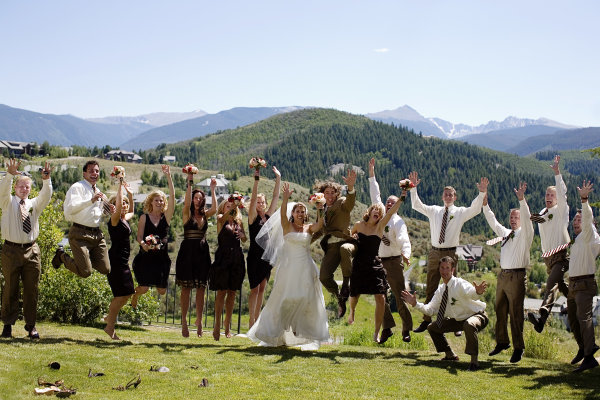
The reason wedding photography is met with such passion by veterans and hobbyist alike is because it’s a big deal; there are no re-dos, no second chances. It’s a type of photography that is all it’s own. So only shoot the weddings where you feel confident that you and the couple feel similar about the end vision. Only shoot the weddings where you genuinely like the couple; if you wouldn’t want to have a beer with them, you’re not going to want to spend a 10 hour day with them. Only shoot the weddings that will give you more than a paycheck, whether that be experience, a day of fun, or that good feeling of doing something wonderful for someone else and knowing you did a good job. It doesn’t matter if you believe in true love or soul mates, it doesn’t matter if you feel like weddings are too over-the-top and unnecessary, it doesn’t matter if one of the biggest highlights was the free piece of cake (I’m a big fan of cake), what matters is that you went in there knowing that you were the person for the job, that you stayed there feeling like you were doing a great job, and you left there happy to have done it.
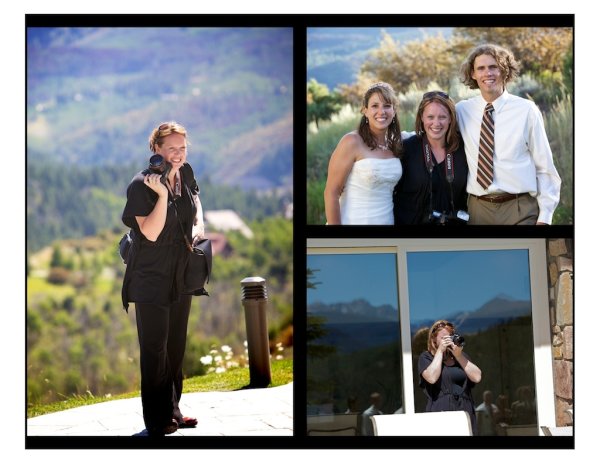
Tired and glad for it to be over, but happy to have done it.
Post originally from: Digital Photography Tips.
Check out our more Photography Tips at Photography Tips for Beginners, Portrait Photography Tips and Wedding Photography Tips.
So You’re Going to Shoot A Wedding: Part 3 of 3 [editing, etc.]

Digital Photography School



























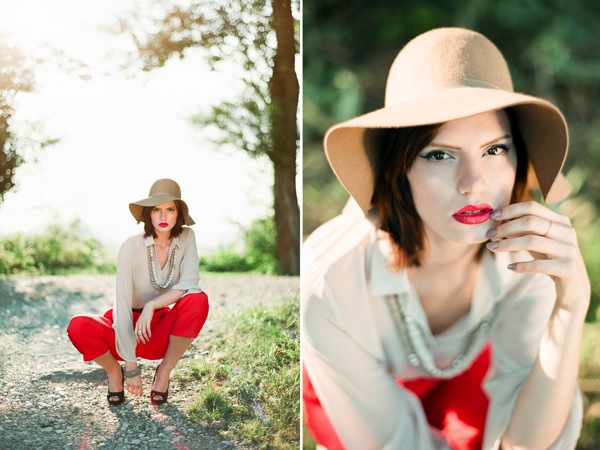
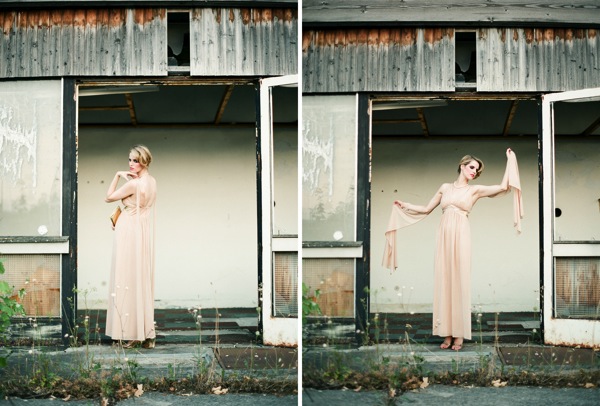
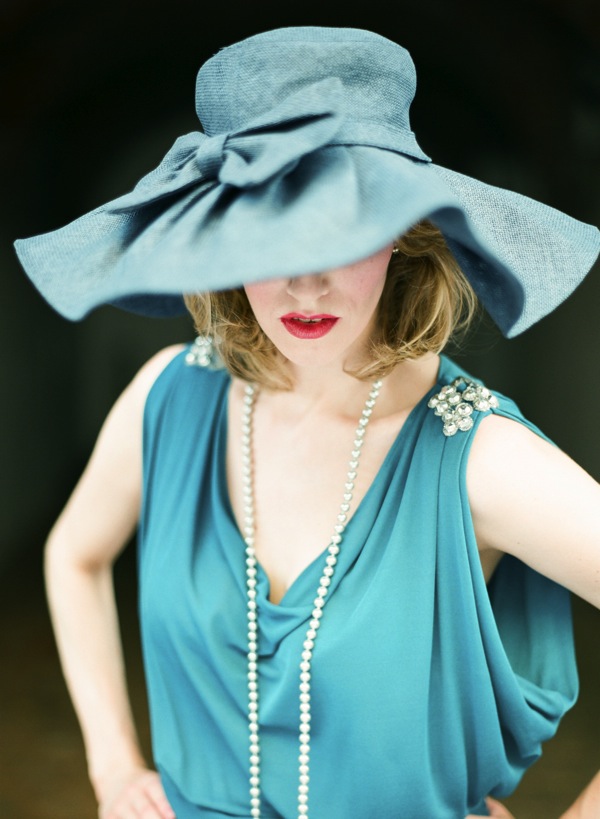
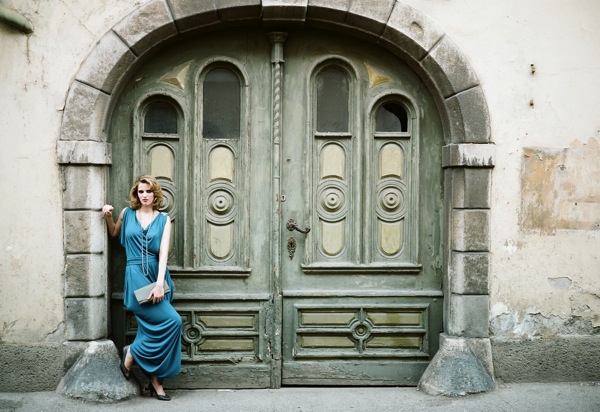
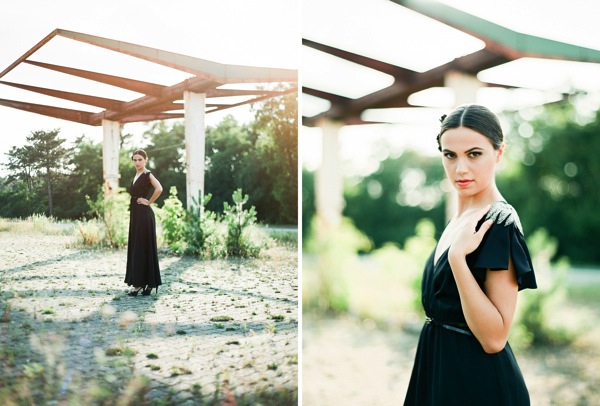
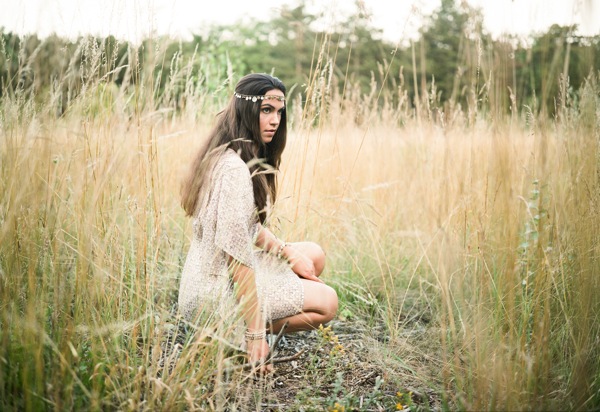
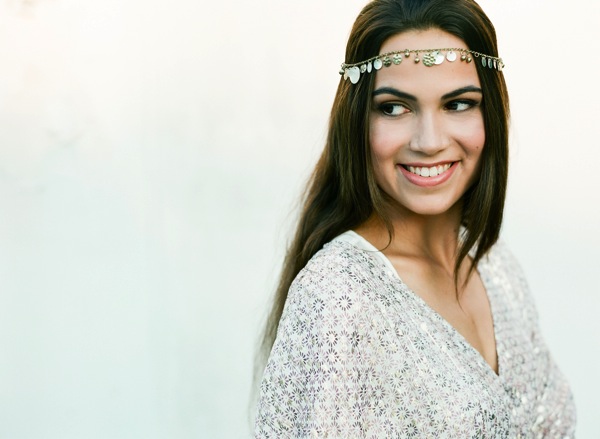
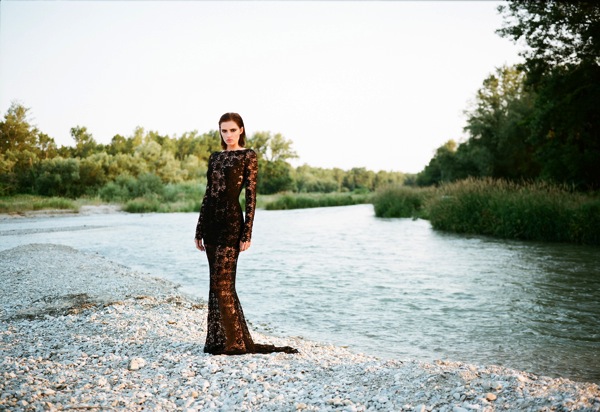
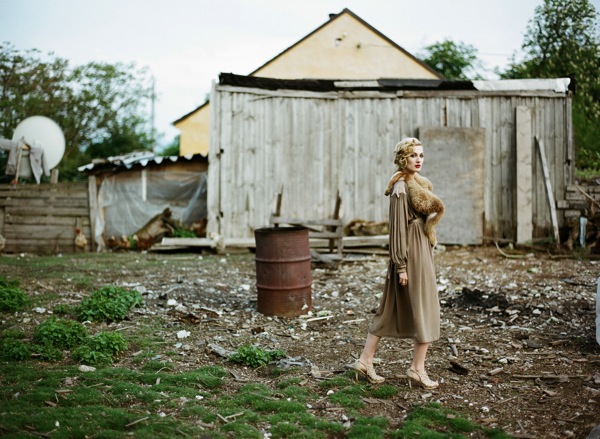
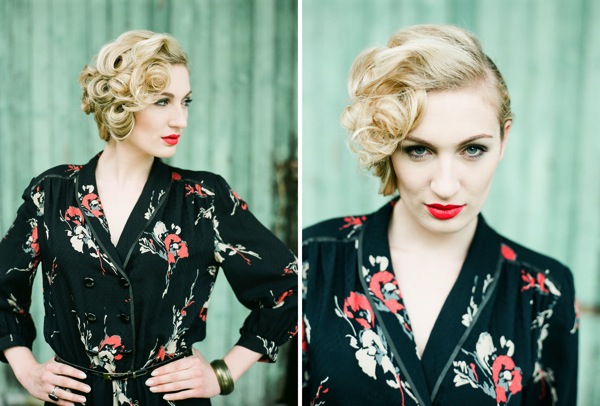
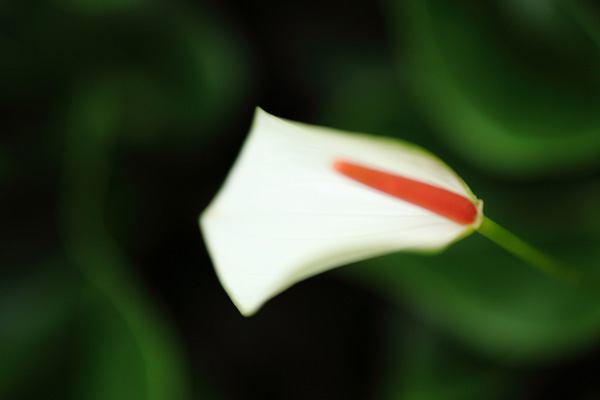
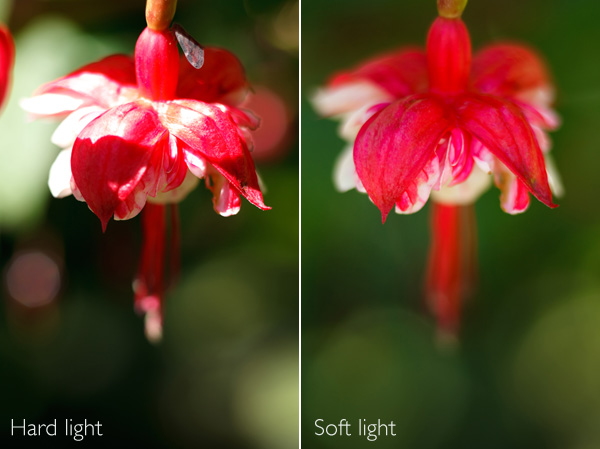
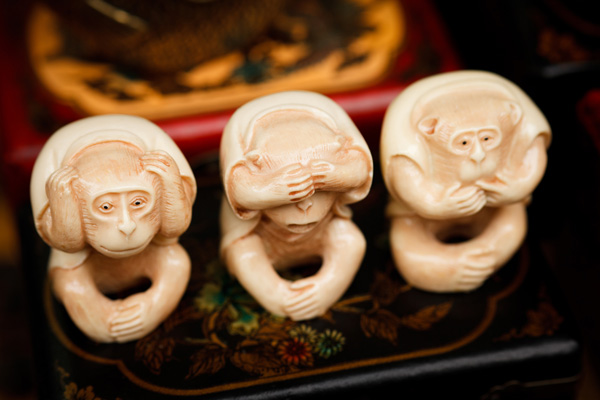
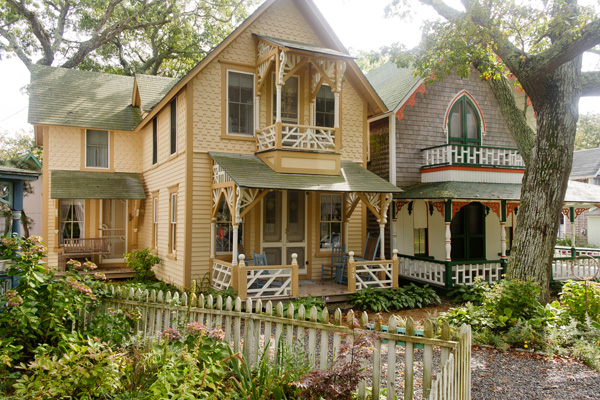
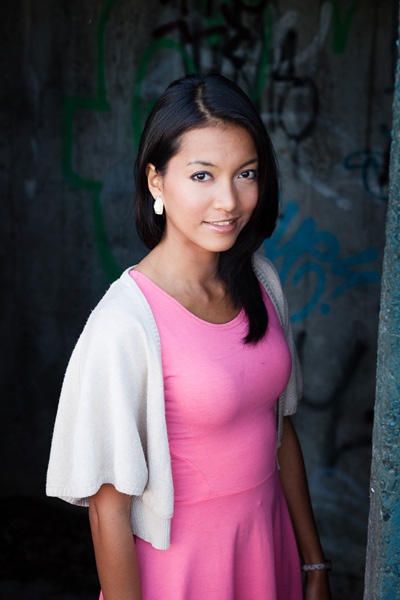








You must be logged in to post a comment.